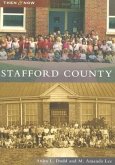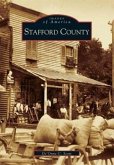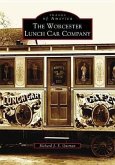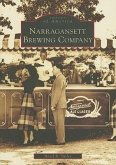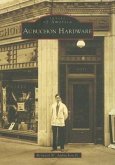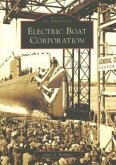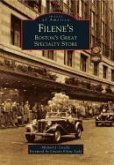Stafford, nestled in the hills of Northeastern Connecticut, was settled in 1719. Originally an agrarian community, the town has a diverse history. The discovery of iron ore led to a thriving iron industry that produced various items, including cannons and shot for the Continental Army during the American Revolution. The mineral springs, long known to the Native Americans, became a destination location, attracting visitors such as John Adams, future president of the United States. Stafford hosted one of the earliest agricultural fairs in the state, which ran until 1969. The biggest influence on the town was the introduction of the textile industry in the early 19th century. As immigrants of many ethnicities came to town to work, Stafford experienced unprecedented growth and the population diversified. Stafford's mills became major contributors to the country's textile industry, particularly wool manufacturing.

